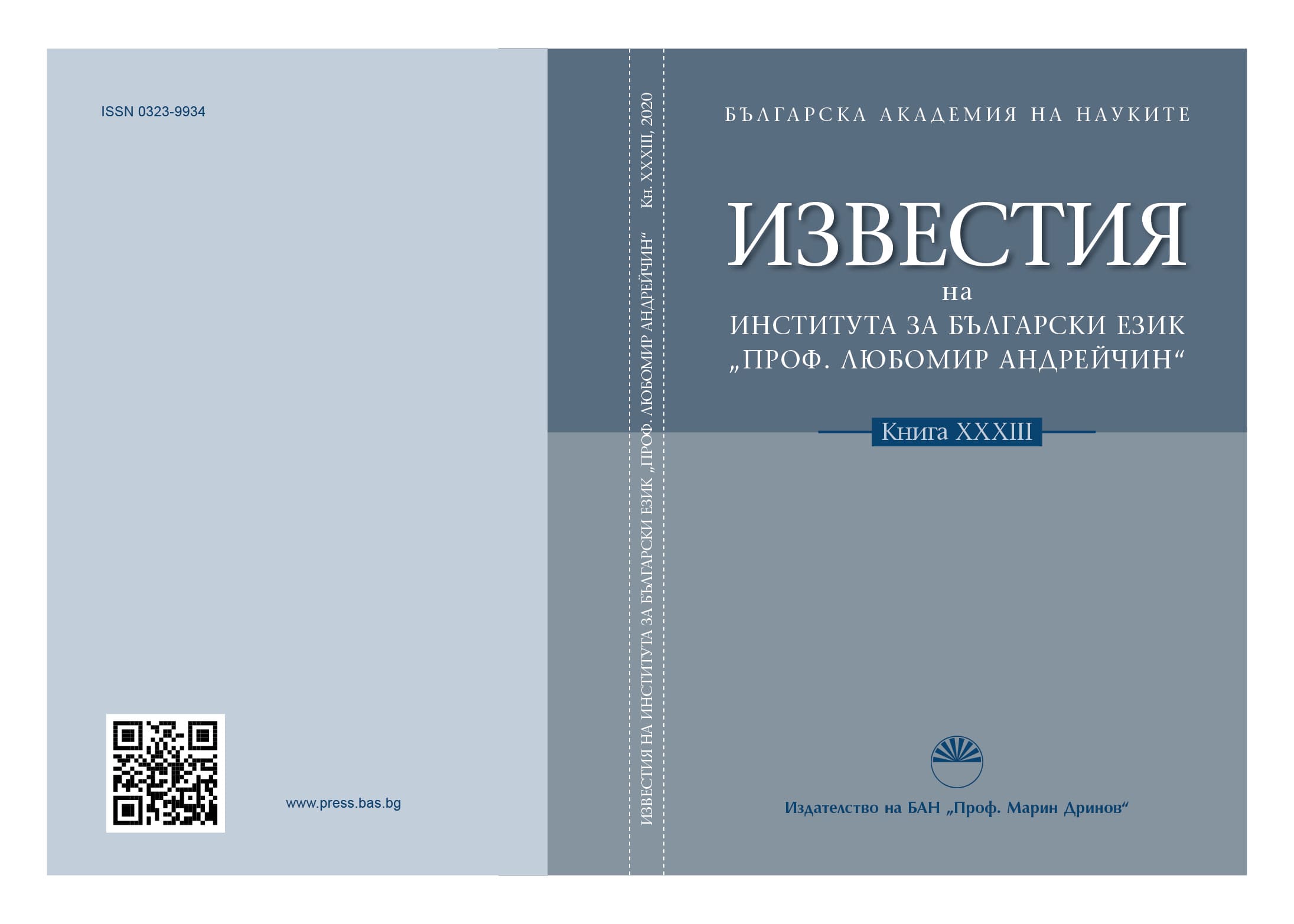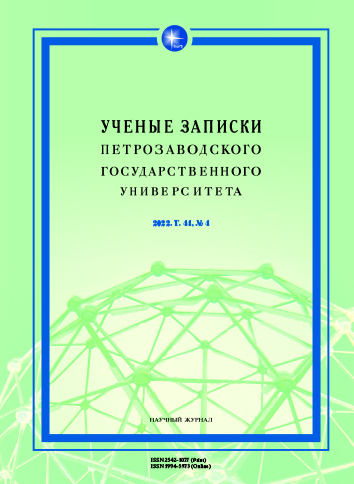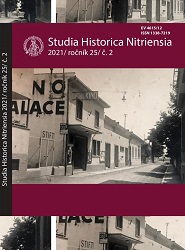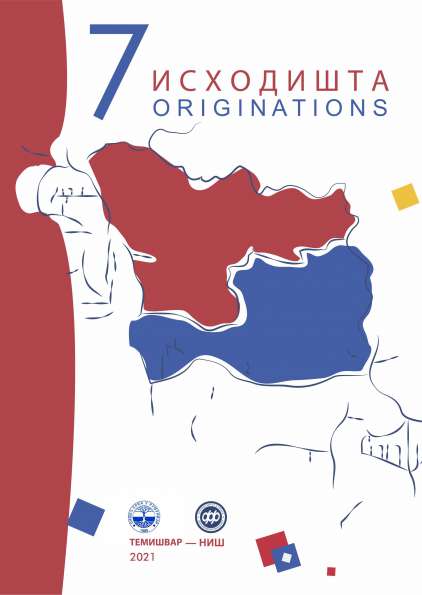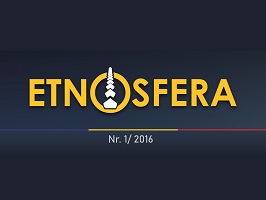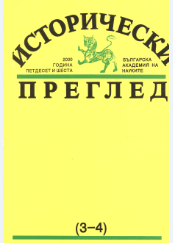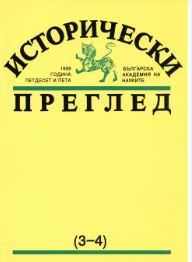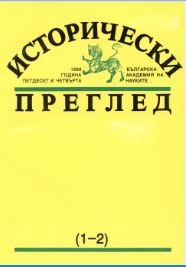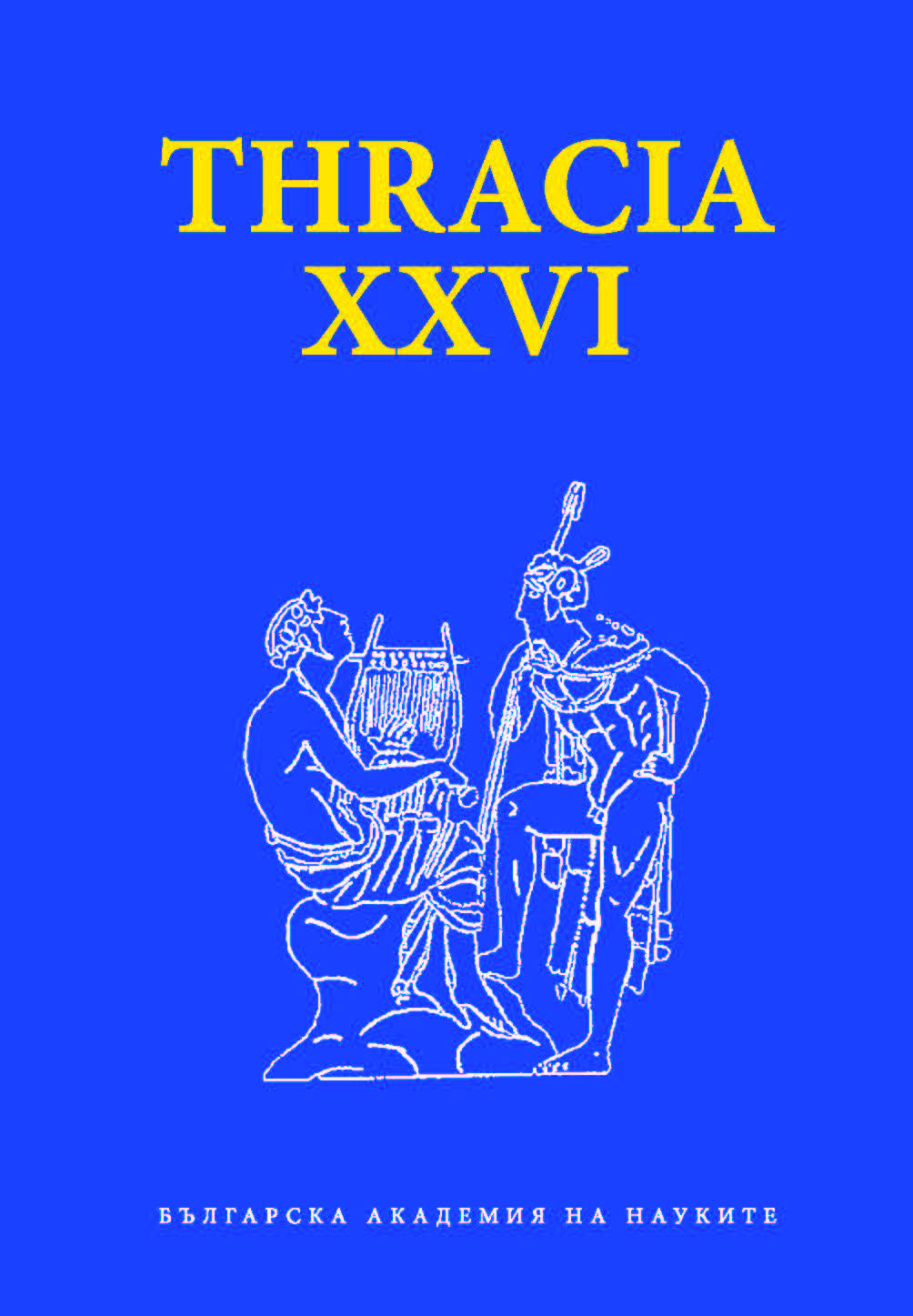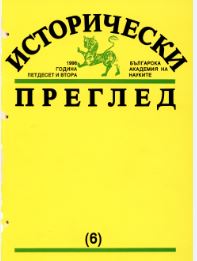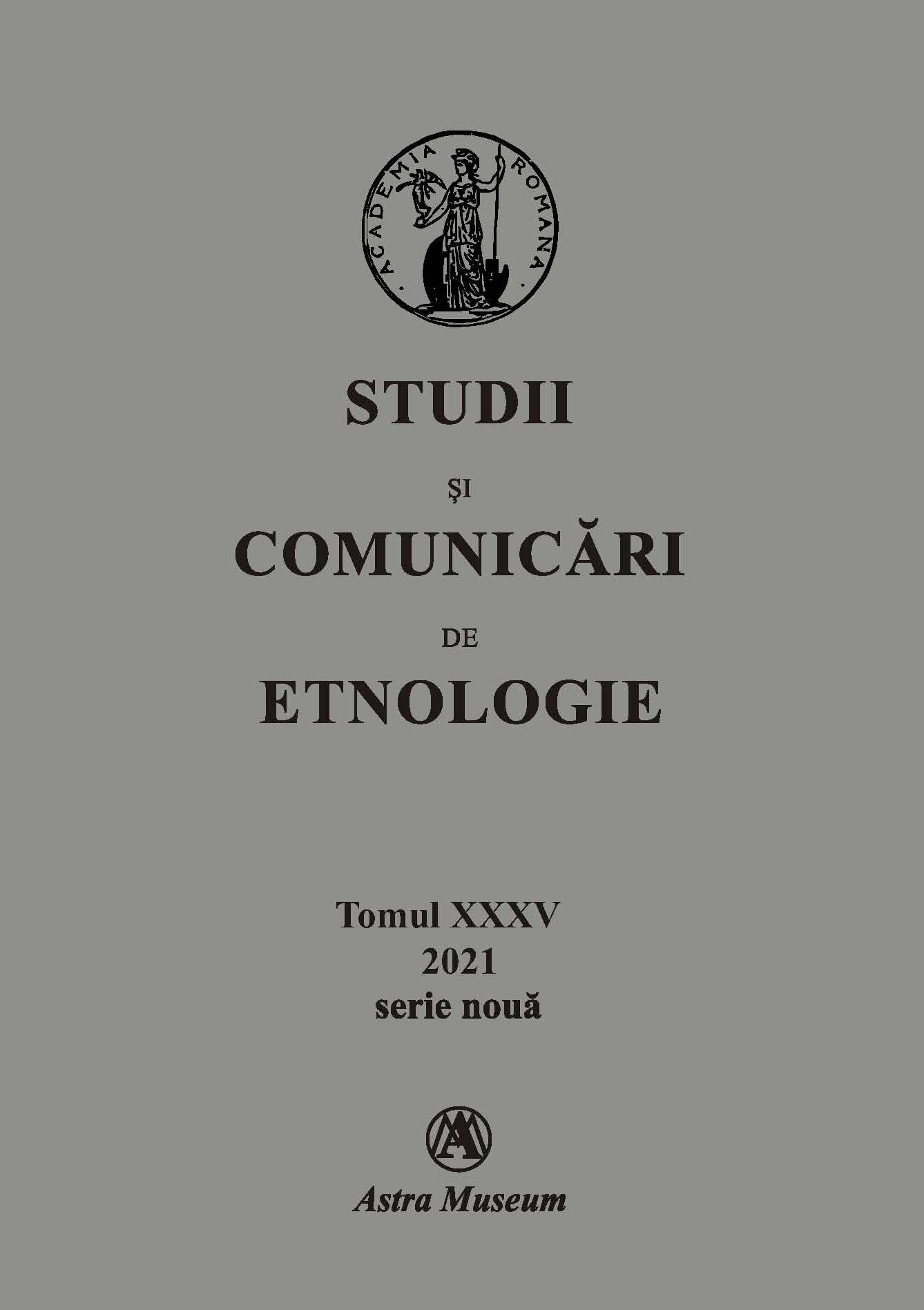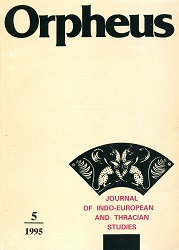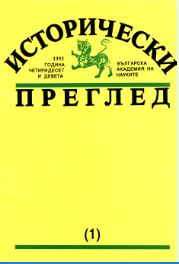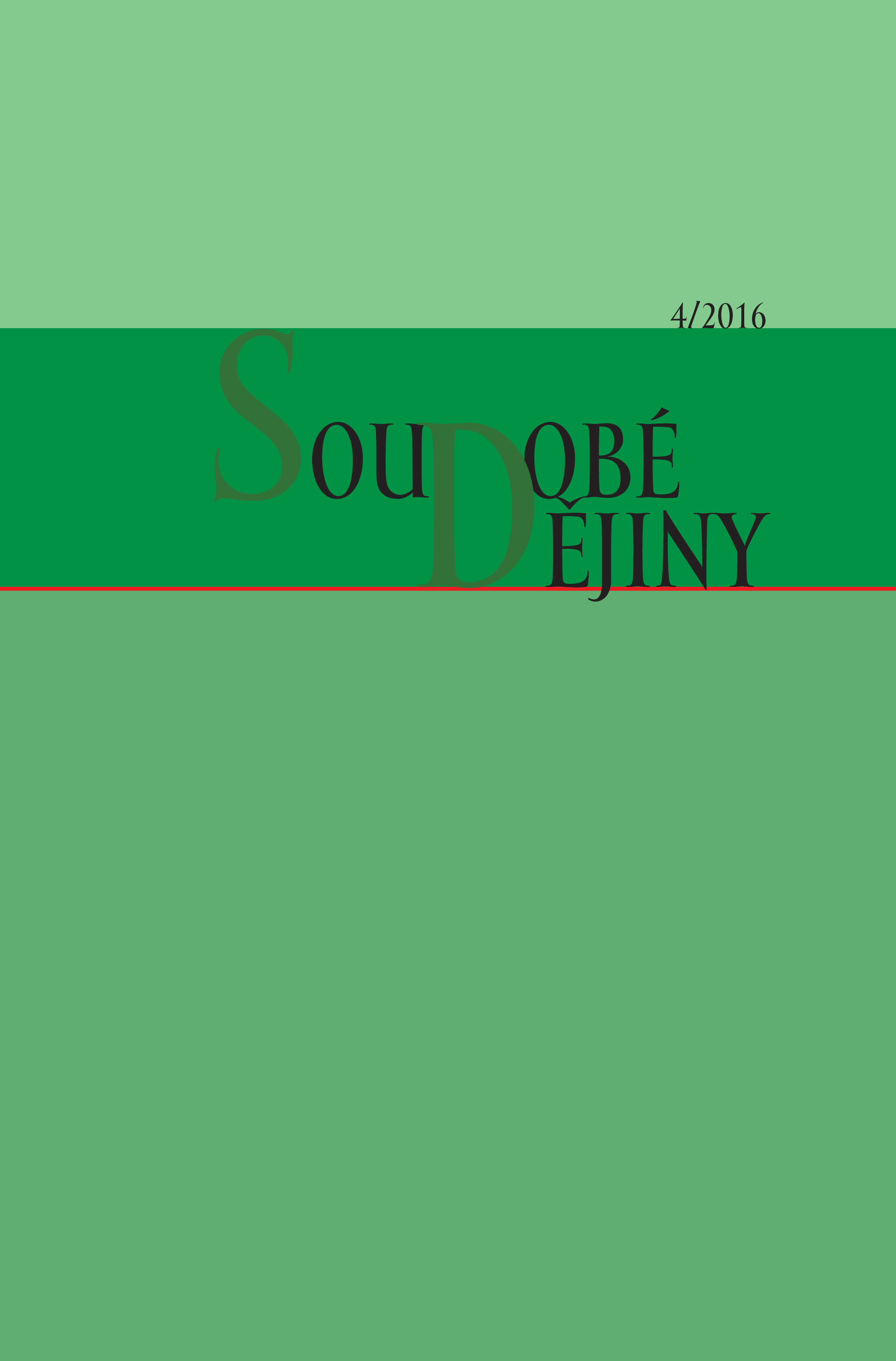
Anotace
František Bartík. Vzpomínky chovance Jaroslava Vojtěcha a historie táborů nucené práce. Prague: Academia, 2014, 254 pp., ISBN 978-80-200-2328-5; Staša Fleischmannová. Vrstvami. Prague: Torst, 2014, 220 pp., ISBN 970-80-7215-471-5; Martin Flosman. Padre a Rebe: Vojenští duchovní československé zahraniční armády u Tobruku a Dunkerque. (Traumata války, vol. 4.) Prague: Epocha, 2015, 290 pp., ISBN 978-80-7425-260-0; Jiří Kocian, Vít Smetana and others. Květnové volby 1946 – volby osudové? Československo před bouří. (Prostopravdy, vol. 4.) Prague: Euroslavica, 2014, 244 pp., ISBN 978-80-87825-09-9; Gerhard Scholten. Mezi všemi tábory: Život v době, která zešílela. Prague: Argo and Ústav pro studium totalitních režimů, 2015, 265 pp., ISBN 978-80257-1708-0 and 978-50-87912-40-9
More...
